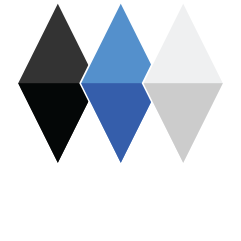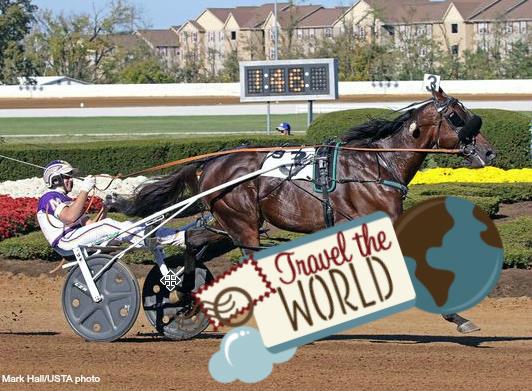In the next few issues of this newsletter, we will focus on “Shuttle Stallions” and try and answer some questions that many readers have about the whole process of shipping a stallion Down Under, from choosing to send a stallion to the paperwork and quarantine requirements and what they can expect life to be like Down Under.
Starting off this series, we talk to Adam Bowden, owner of Diamond Creek Farm, about what he looks for in a prospective stallion shuttle candidate and how he finds which is the right stud to place the stallion Down Under.
The first step is deciding what makes a stallion the right candidate for shuttling, not every horse is a good choice or will end up being marketable Down Under.
“The best candidates to shuttle are the ones who stir the imagination during their race careers here in the States. Horses like Always B Miki and Sweet Lou had huge followings from industry experts all the way to the Twittersphere, “said Adam, “By capturing peoples interest and intrigue it allows us to facilitate agreements with the top farms in the Southern Hemisphere. Also, horses with top notch pedigrees like A Rocknroll Dance, whet the appetites of pedigree buffs from Down Under.”
It is possible to send frozen semen Down Under, but the benefits of actually sending the horse are worth the added work. Breeders get a chance to see horses in the flesh, which always encourages more bookings. The cost and extra work of breeding with frozen semen also makes fresh semen more appealing.
“Horses that travel to the Southern Hemisphere breed significantly more mares and increase their chances of being worldwide successes in the mold of Art Major and Bettors Delight.” Said Adam.
The next step is finding the right partnership for the horse. Different studs can offer varied strengths, maybe one has a strong breeding program of their own, while another has an impressive advertising protocol. It is important to weigh these different variables when deciding placement of the stallion.
Of course, it is also very important for the partnership to be able to be on the same page as far as goals, when it comes to the interest of the stallion.
Adam said on the importance of this, “It’s taken longer to learn then I originally thought but relationships forged in common interests pay dividends when horses like Always B Miki, Sweet Lou, and A Rocknroll Dance fall into our hands. I have spent a handful of trips to New Zealand and Australia meeting as many top people as I could and so far, those relationships have allowed me to form deals that are mutually beneficial.”
Diamond Creek works closely with the studs Down Under. Everything is coordinated with them; the travel arrangements, staking, advertising, care, etc. On multiple occasions, staff has been sent in both directions to help facilitate the ease in transitioning the horses.
“I consider them to be vital to the entire process just as I hope they view us in the same regard.” Adam said speaking of the partnerships between farms, “It has been an absolute pleasure to work with high class operations like Woodlands Stud, Nevele R, and Alabar.”
As there always is when transporting horses, there is some risk involved. Most of these risks, such as travel, sickness and injury are out of anyone’s control. At this point, the pros outweigh the cons with the horses we have shuttled.
“If and when it happens that it isn’t in the best interest of the horse, we will dissolve the agreement and remain steadfast in our philosophy in putting the horse first.”
As far as the care of the horse once at the farm, Adam has spent time in both New Zealand and Australia, visiting studs in person and seeing how well they care for the horses and how much ownership they stake in these horses.
“We consider them our horses but they are just as much theirs as ours, and it is evident in the care and pride they take in them.” Said Adam.
Hopefully, this answered some questions, as we pack up our stallion’s bags and send them off this week. Next month, we will continue our “Shuttle Stallion” series with some information on the quarantine process and the paperwork and steps that need to be taken before a horse can actually leave the country.



